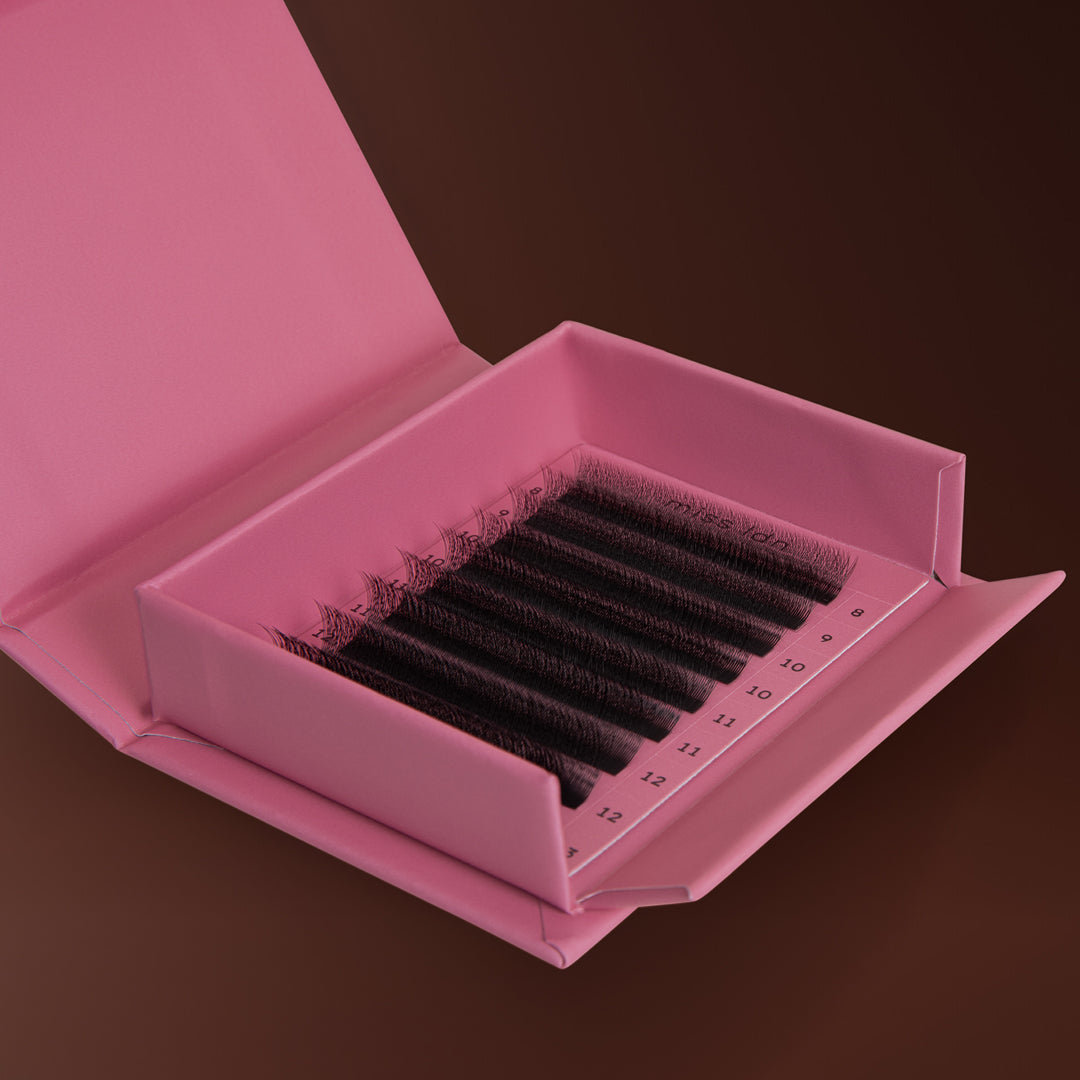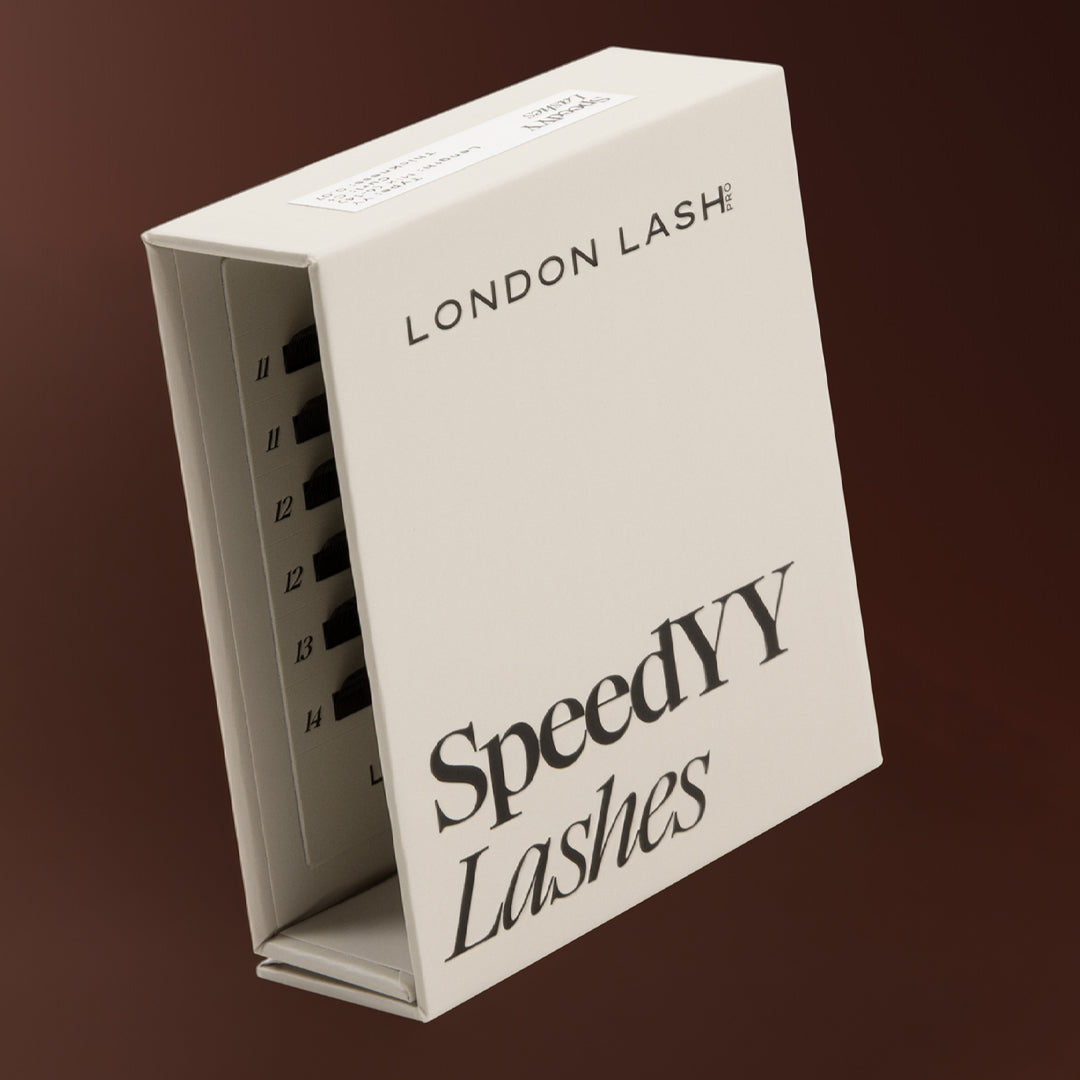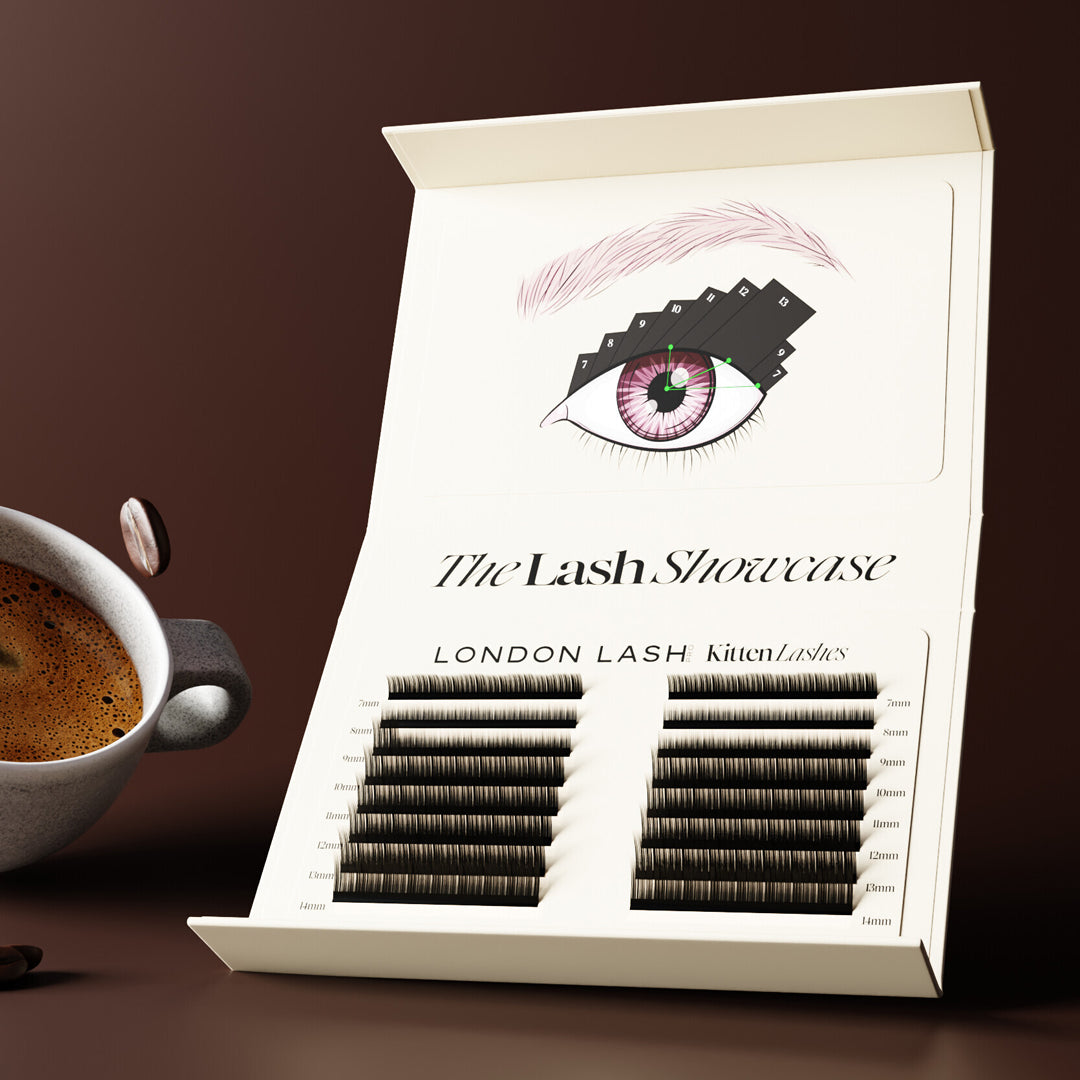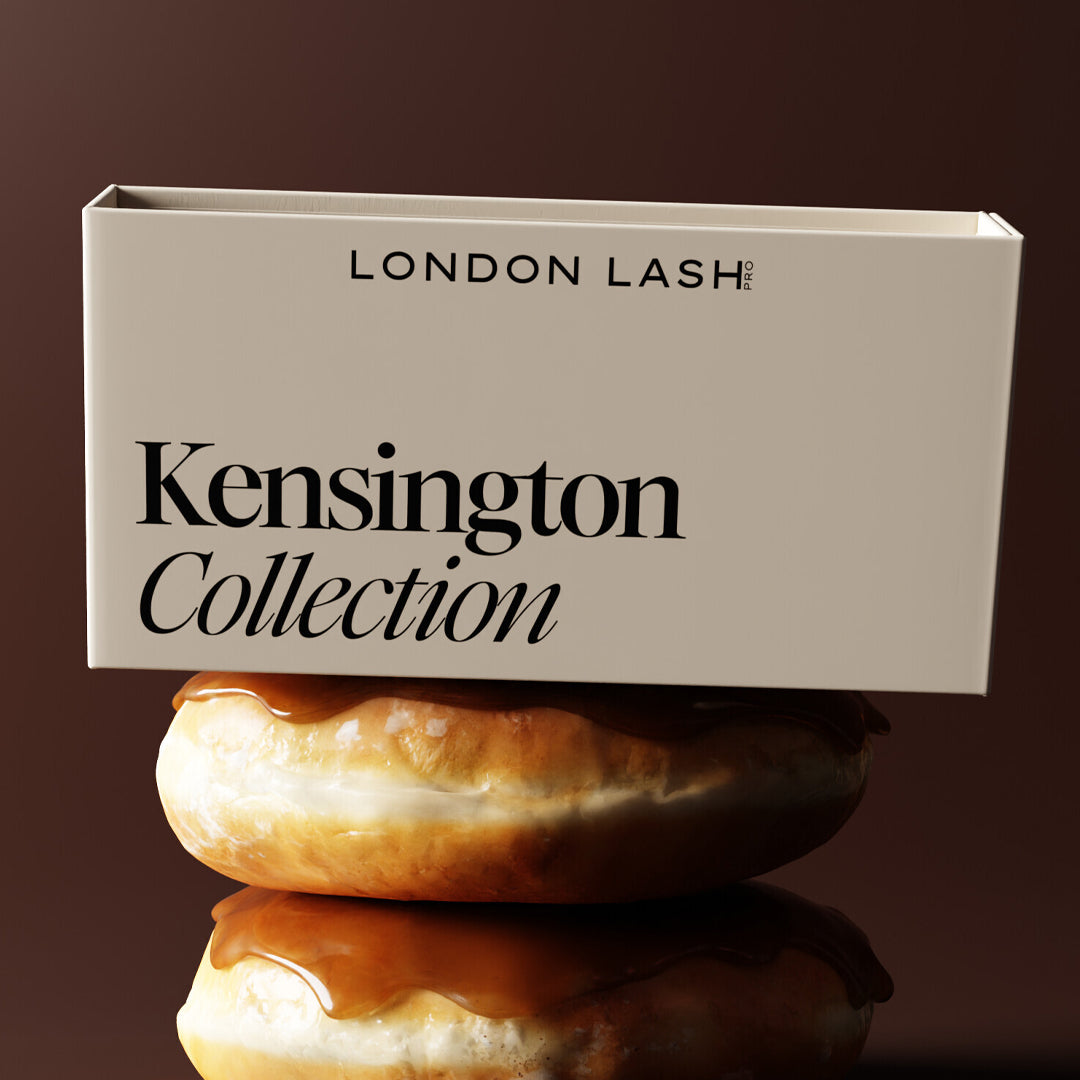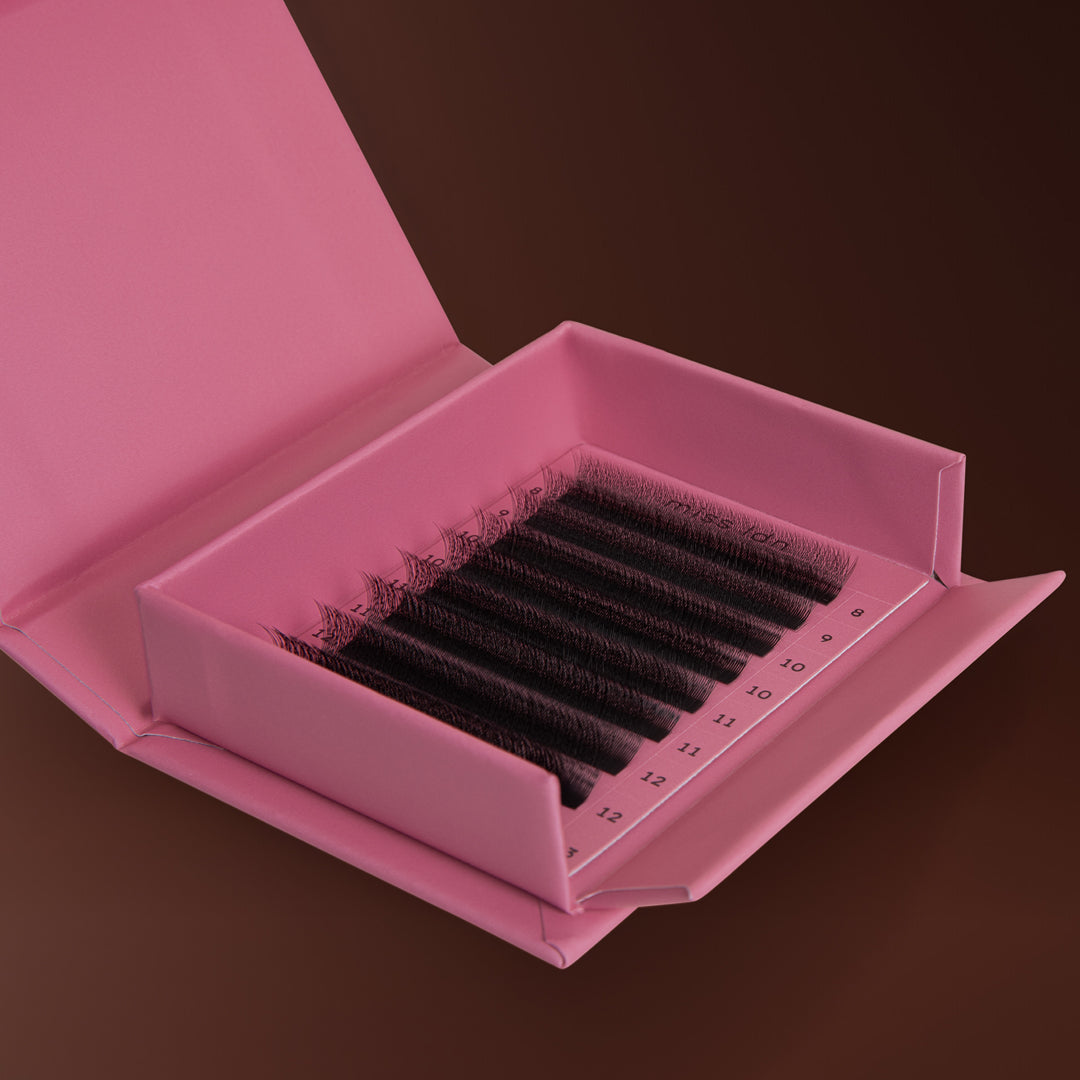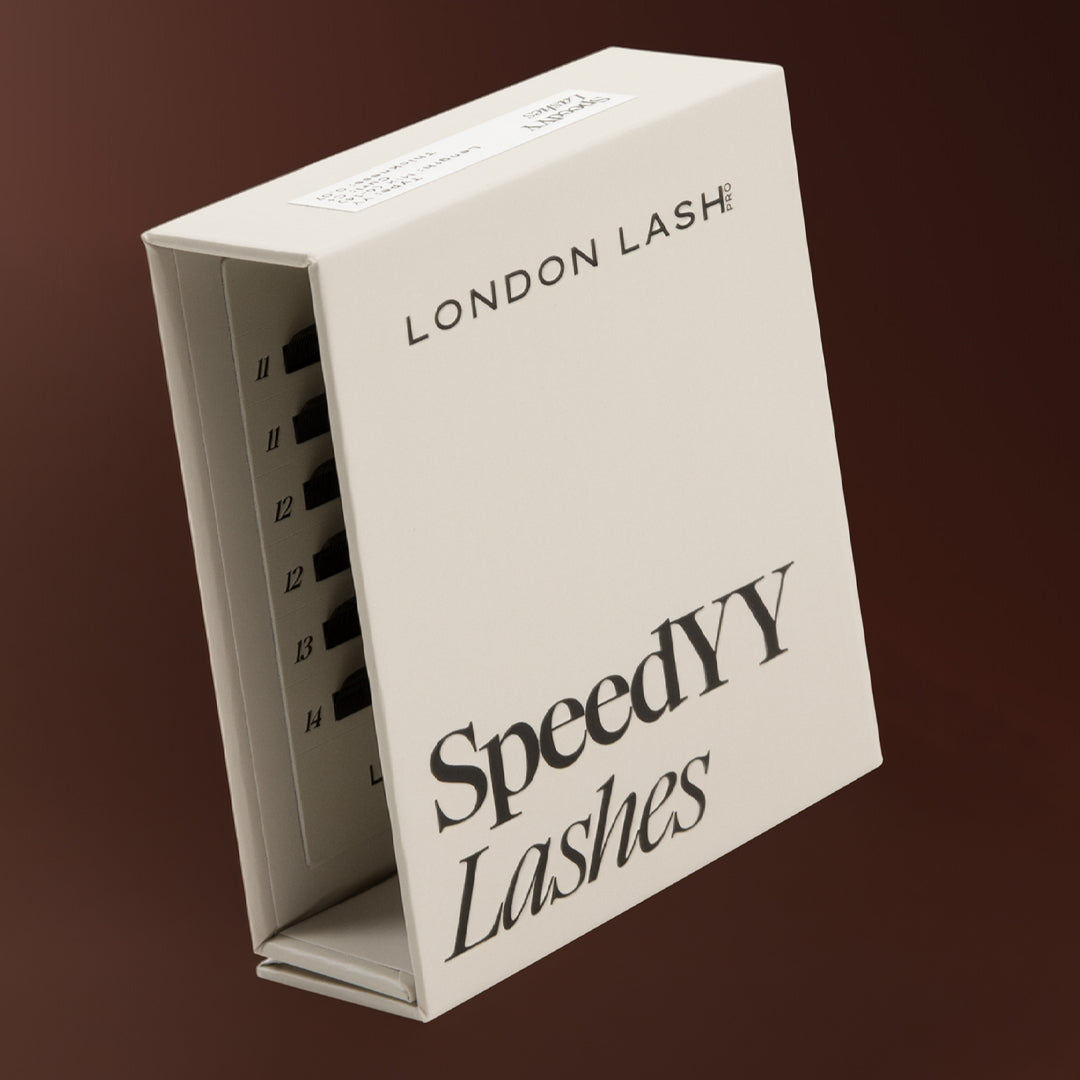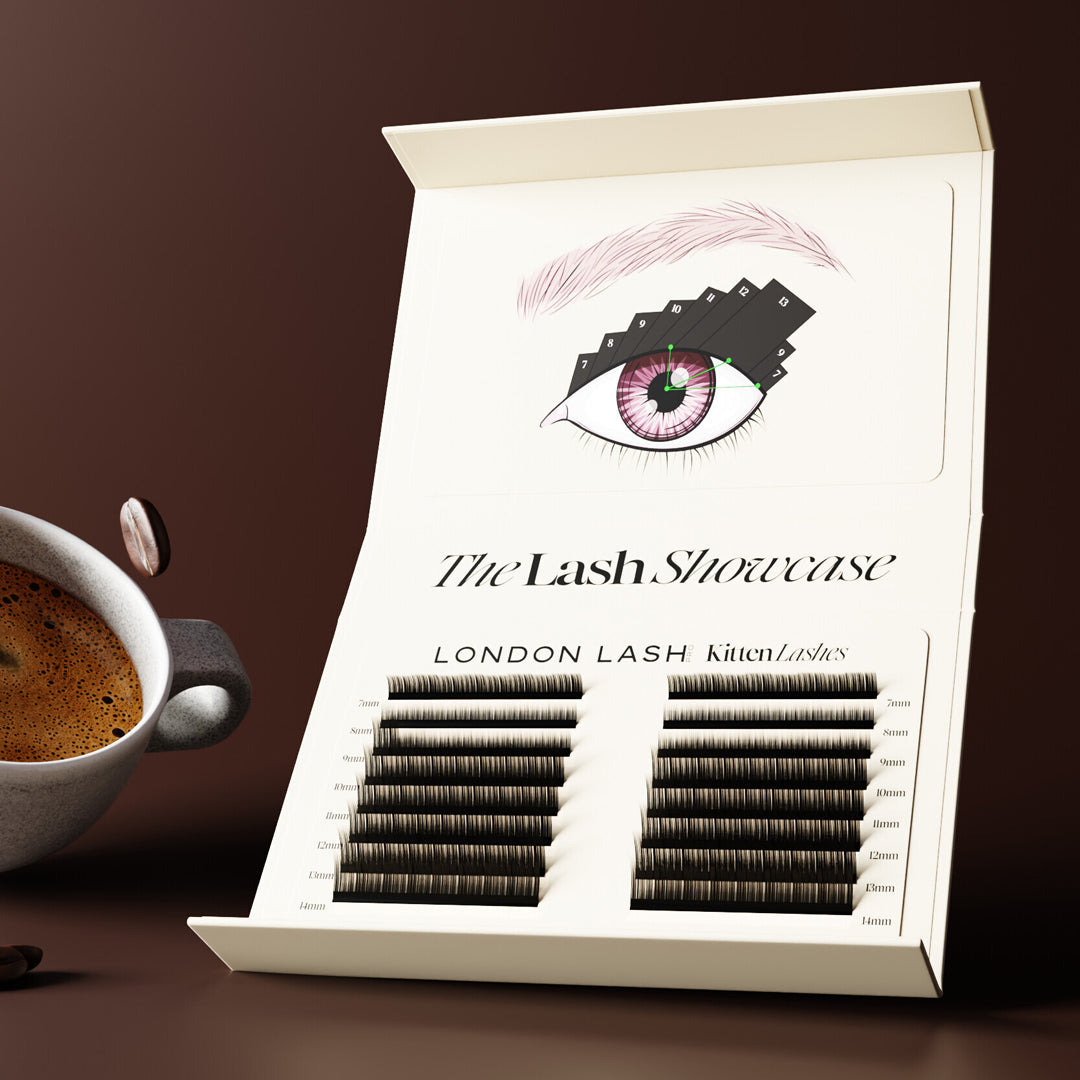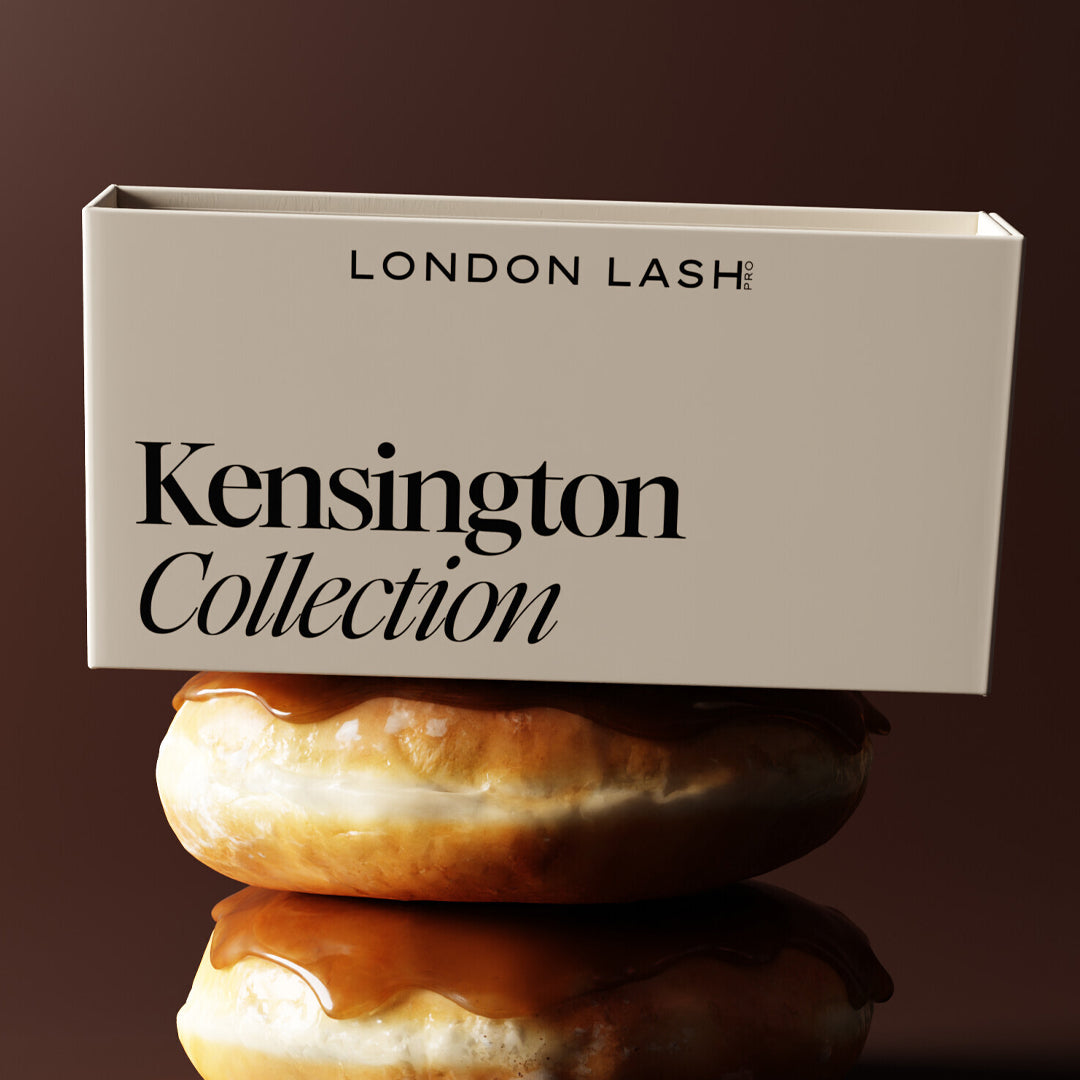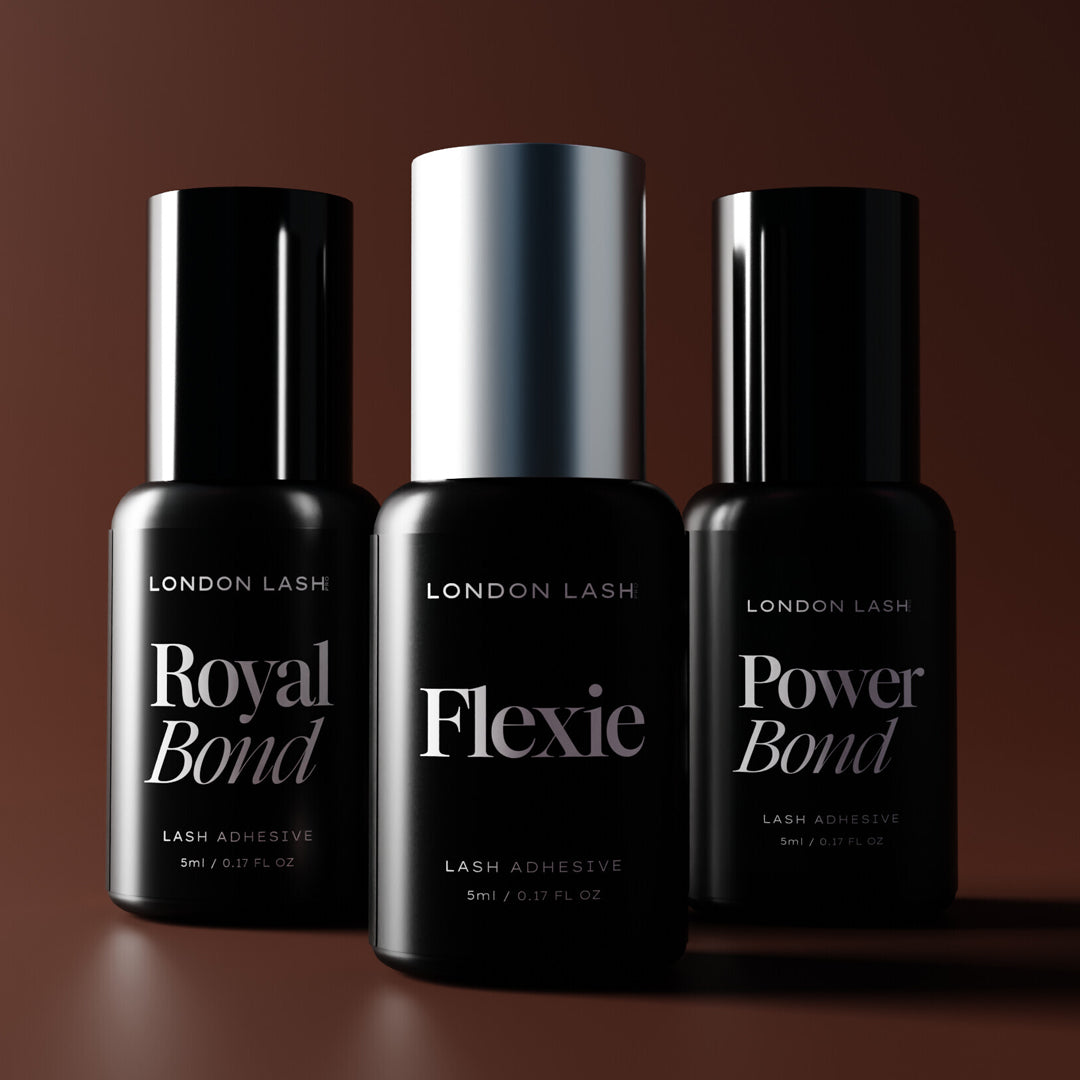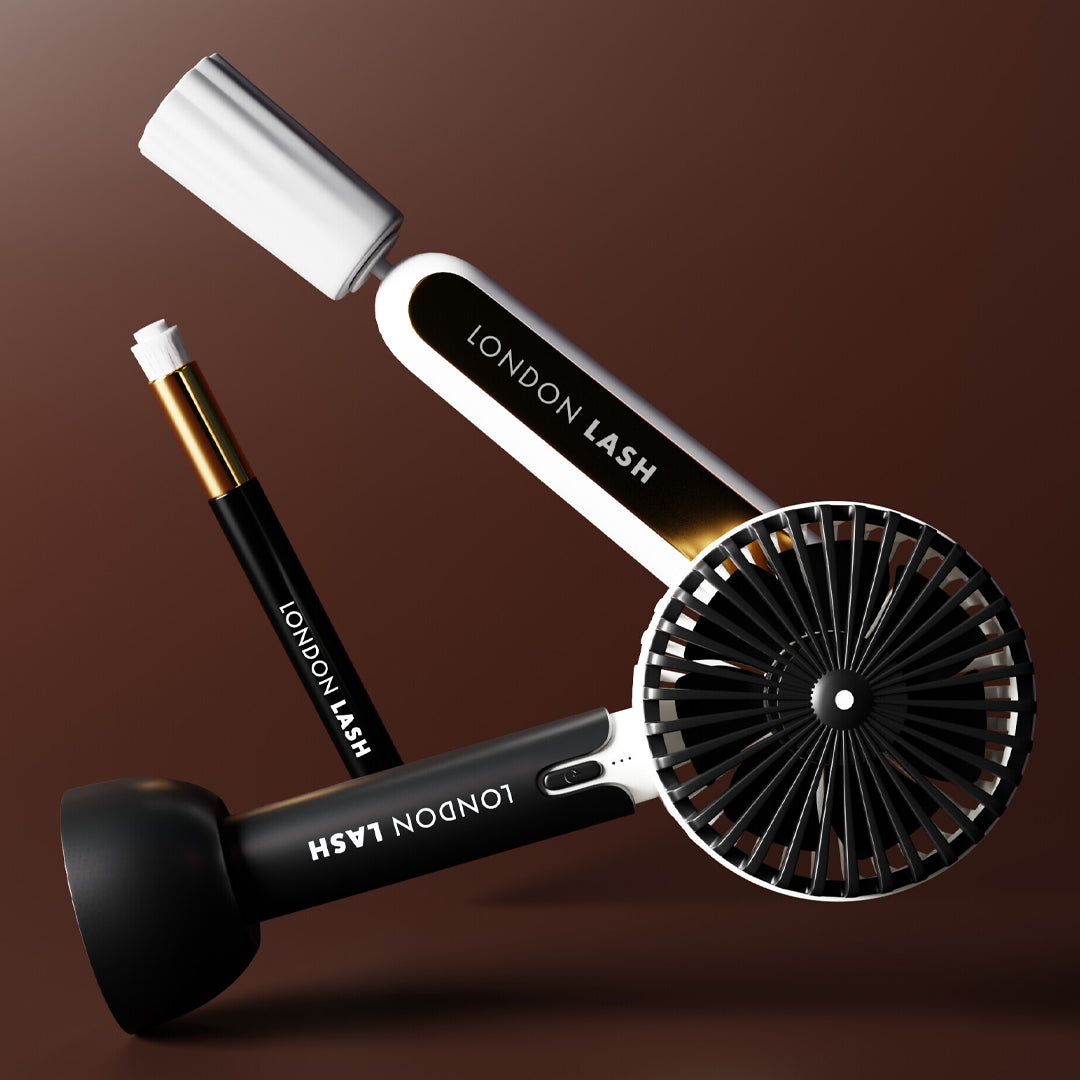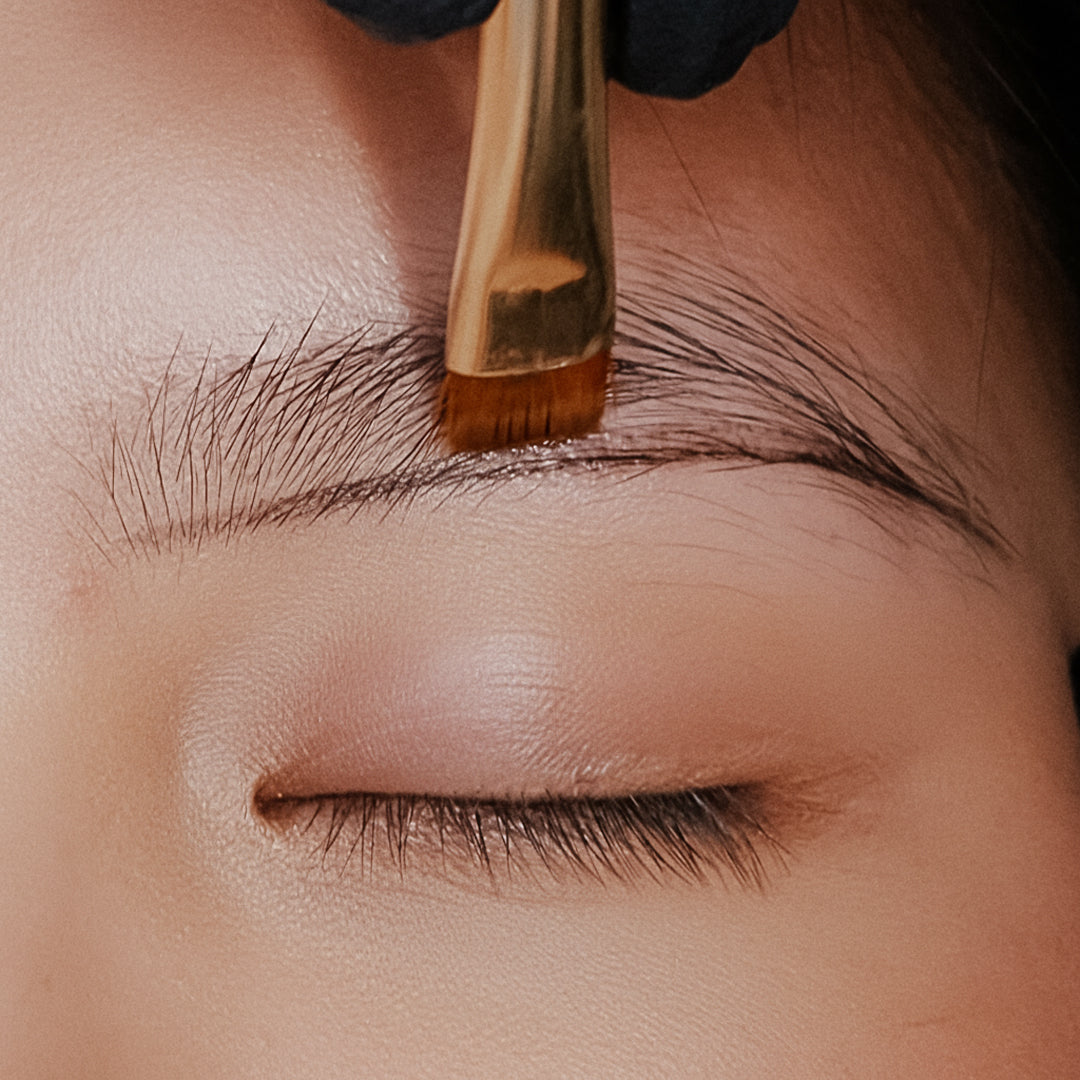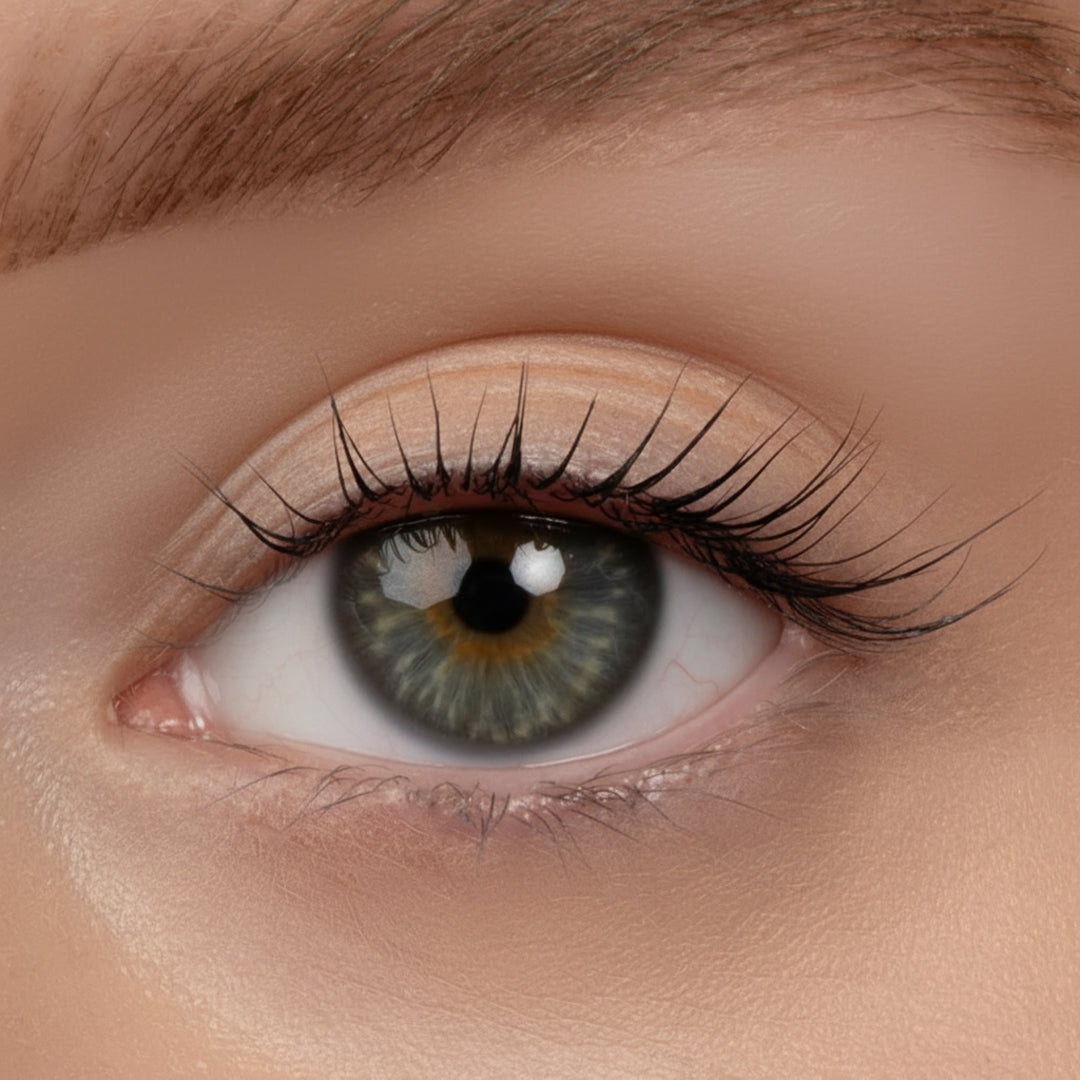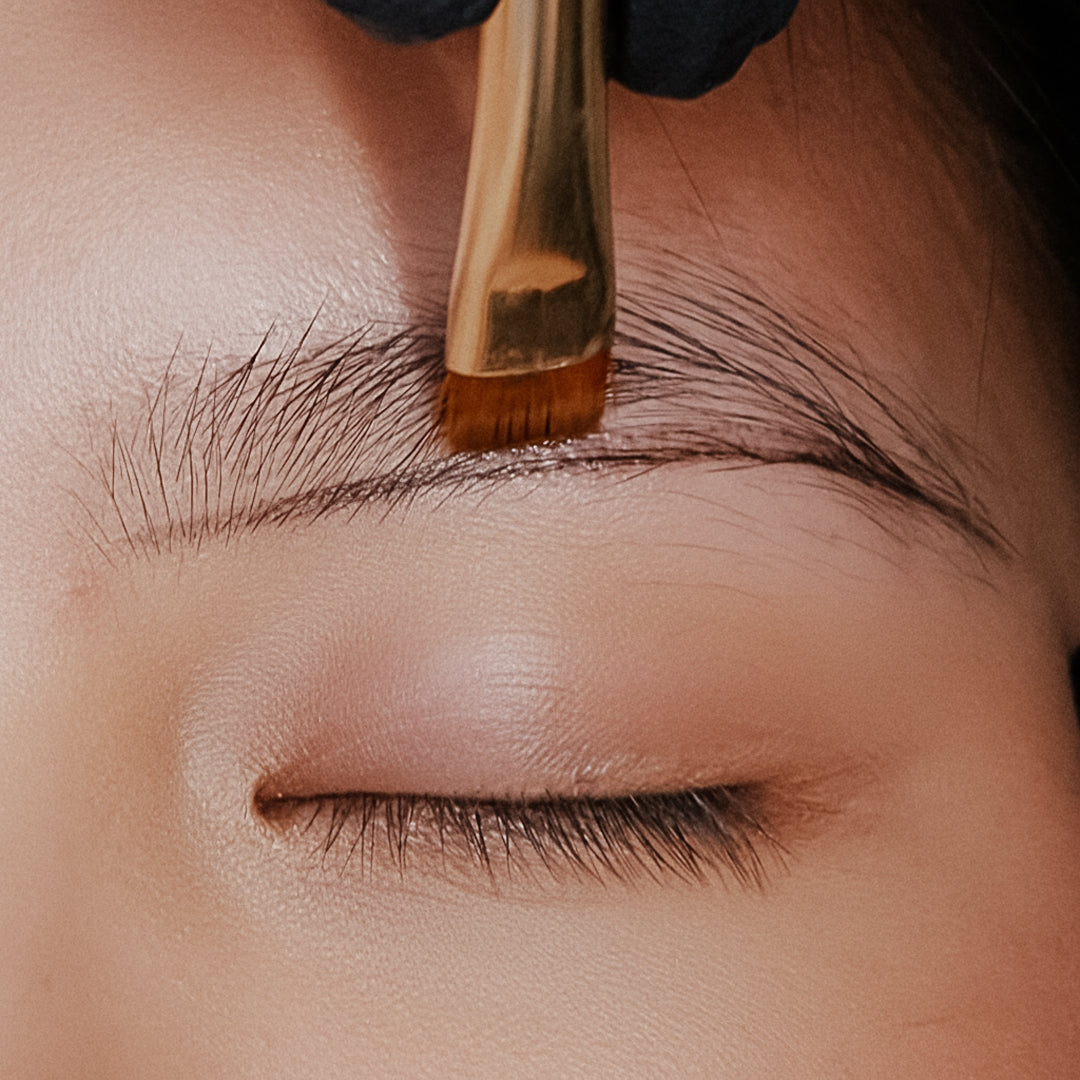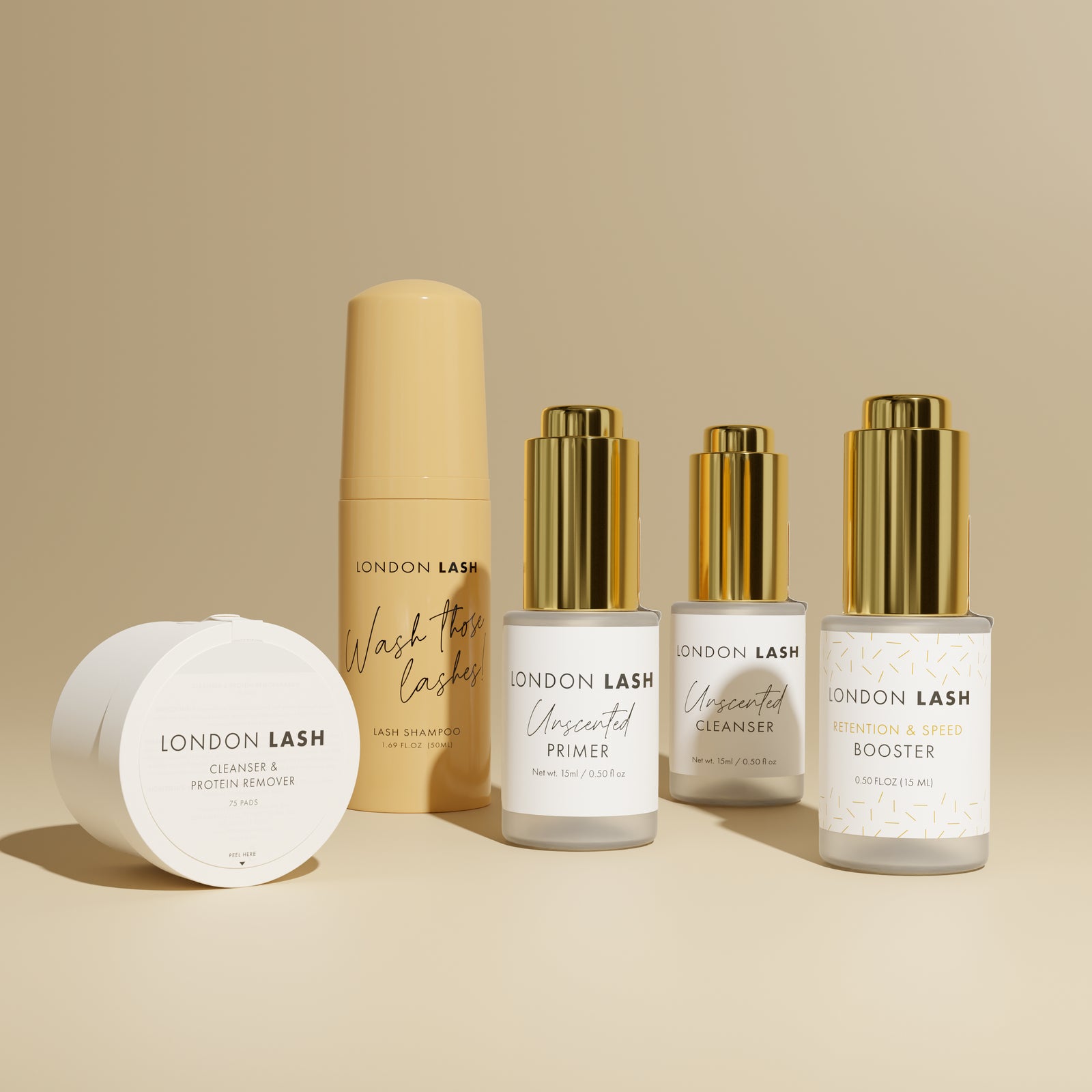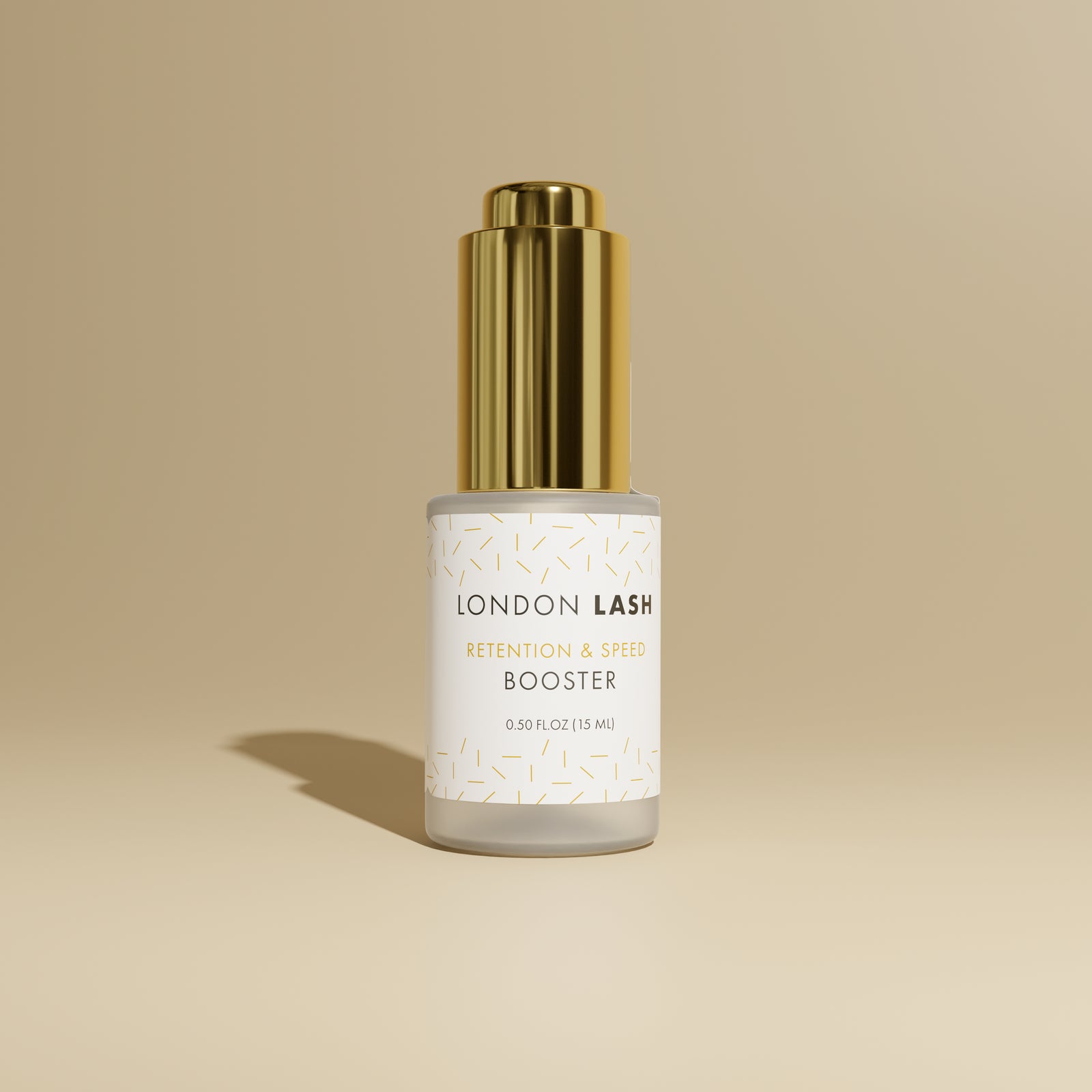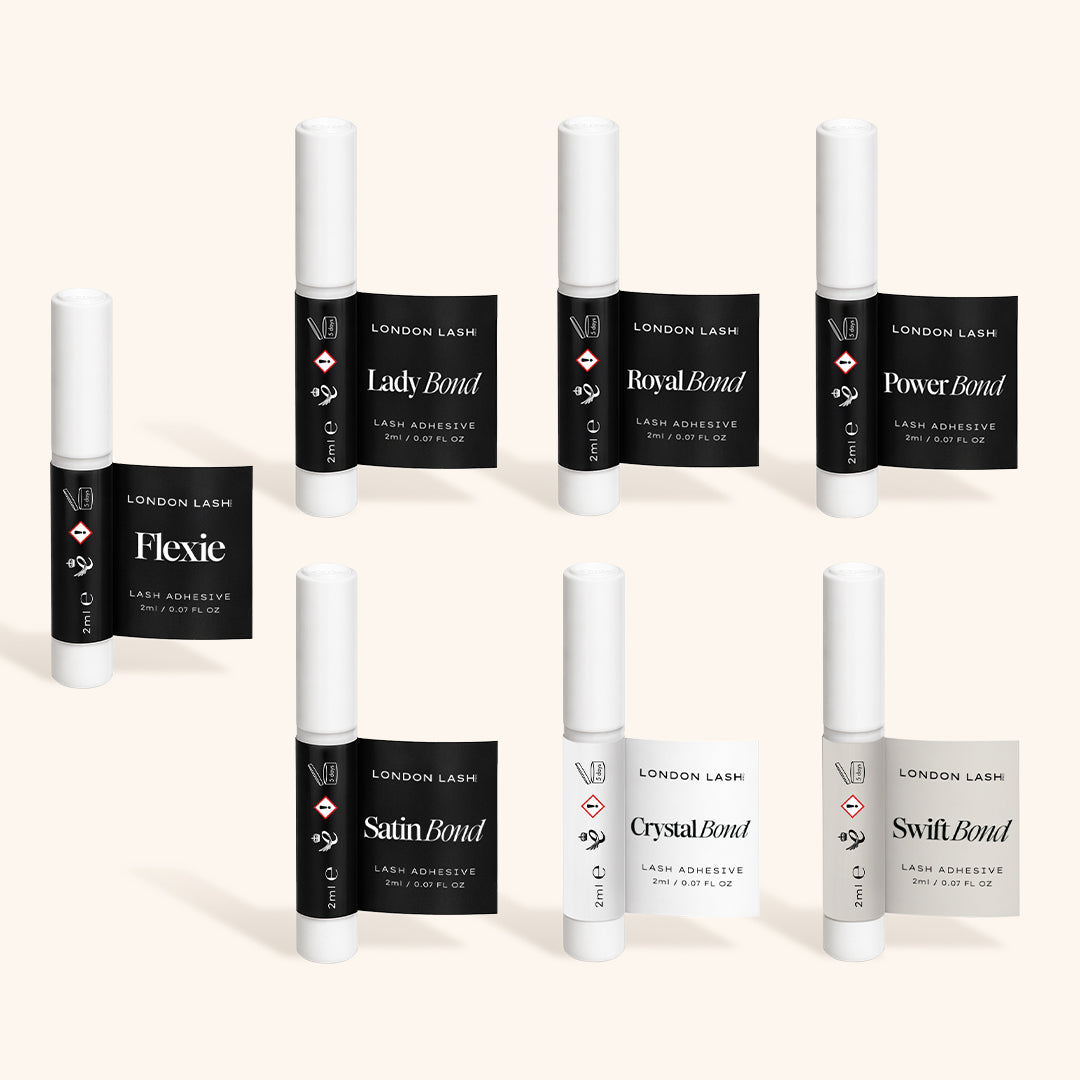Glues & Liquids
Eyelash Extensions
ACCESSORIES
So Henna
EYEBROWS
ONLINE TRAINING
Save up to 70% Off
How Winter Affects Lash Glue
December 05, 2022 5 min read

How Winter Affects Eyelash Glue And What You Can Do To Fix It
As soon as Autumn begins temperatures begin to drop and the cozy wintery season is upon us. While this is a time to take a blanket, enjoy the warm nights in front of a fire, when it comes to being a Lash Technician, you have to realise that your work may become a little bit more difficult. The thing is that with these cooler temperatures potential issues may arise with the performance of you Lash Glue. In summer months you may feel as though you're prepared for these changes but forever taken by surprise when it happens later in the year when the sudden cooler temperatures come around.
To help you avoid this, we have become the guinea pigs and made all the mistakes so that you can have a smooth sailing end to the year. Here’s what can go wrong with your glue this winter and how to avoid it.
Changes To Your Clients' Skin
Before delving into what may occur that changes your room conditions, another element we need to move our focus to is the changes in our clients’ skin that may impact our glue’s performance.
We know - how could our clients’ bodies impact the performance of our glue? Well in winter it’s common for people’s skin to become drier. This can impact the eyelash glue in 2 ways:
- It can slow the drying time of the glue due to the reduced moisture - off the back of this more fumes can be emitted and/or lash extensions start to lean as the bond hasn’t fully dried when you let go of them. This can impact the overall look of the lash set you have created and be extremely frustrating for you and the client.
- You can also find that clients will overcompensate for their dry skin with additional moisturiser which can lead to oily skin and lashes, which as we all know can be a nightmare for retention.
If super dry, Booster is your best friend to increase drying speed. It’s okay to continuously apply a little Booster to the eyelashes throughout the treatment to keep them topped up.

If your glue is still not working at the speed you would like and expect, maybe it's time to opt for a faster drying glue.
Switching Glue
Here’s a little guide to help you with the switch.
- If you're using Satin Bond > switch to Lady Bond
- If you’re currently using Lady Bond > switch to Flexie
- If you’re currently using Flexie > switch to Royal Bond (we suggest Royal Bond over Power Bond as it reacts better to fluctuations in temperature and humidity, however feel free to grab a couple of Samples of Power and Royal to try if you’d like to test which you prefer)
As mentioned before, if the client is using a lot more moisturiser than usual, you’ll need to ensure you remove all the excess oils with a solid pretreatment routine. Our suggestion to ensure the lashes are super prepped is to use our tried and tested 5 Step Pretreatment routine, however we do have other options if your budget is a little tighter, read all about different Pretreatment routines here.

Changes To Your Temperature
We’re all very aware that temperature has an impact on glue whilst we’re lashing but what about overnight? As we all know winter nights can be extremely cold. Although at home we may have the central heating on in the evening, we don’t tend to do this in our workplace.
Temperatures change dramatically throughout Europe so it’s important that you take the necessary steps to ensure your glues don’t freeze or act as though they’re being refrigerated overnight if you’re in one of the colder climates. However, even if you’re in a climate that does not freeze but temperatures drop to 3-5 degrees this can also cause some issues. In the morning you may find that your glue is thicker than normal - nobody wants a gloopy glue.
The main issue with a glue not being stored properly is condensation. If these water droplets get into the bottle the glue will start to cure and become unusable. Think about things left in the fridge - once they’re removed, condensation begins to form on the outside and inside of their respective container. If this happens to your glue then it will begin to polymerise inside the bottle even if you had it in an Airtight Container.
An easy way to avoid this is by taking your glue home at night. It might seem like a lot of effort, but it can make a world of difference to the performance of your glue.
How Does Humidity Affect Lash Glue?
As we all know humidity plays a critical role in our glue’s performance. However a couple of things happen to humidity during the winter months, and preparation is key.
Number one, there is an increase in humidity and this is because of the colder weather and increased chances of rain or even snow. Another element that might go missed is the increased humidity due to drying laundry. In the summer more often or not we tend to dry our clothes outside, but with the increased rain and poorer weather we move this inside, and if you work or study your lashing from home this may impact your workspace, but what about when your clients leave?
It might seem a little over the top to suggest that when leaving the treatment, the outside humidity will severely impact the glue bonds. However, every year we receive messages from lash techs whose pretreatment is perfect and they haven’t changed anything, their room conditions are the same yet the lash retention has dropped and their clients are losing lots of lashes. So where does this stem from?
Glues aren’t great in extremes so the best way to ensure that your client has the best possible retention is by making sure the glue is cured before they leave. What is our obvious answer to this issue? Superbonder. After checking for stickies, apply a drop of Superbonder to a Micro Fibre Brush, dab off the excess and then apply to the glue bonds. This will cure the bonds instantly whilst providing some elasticity to the cured bond so that they don’t snap or break.

Another issue that can occur and be overlooked during the winter period is how our rooms can also become super dry as we put the heating on more often. This will slow down the drying time of our glue, which isn’t quite as bad as glue drying too fast but can mean we spend a lot of time waiting for the bond to form between the natural lash and extensions.
Low humidity isn’t the end of the world - if you do unfortunately have issues with low humidity, it is easier to fix than high humidity. Here are some easy solutions from us:
- Pop a damp towel on the radiator
- Use your Booster just like on your those clients
- Apply Primer to the natural lashes throughout the set (but do be careful to not to touch any existing glue bonds and this can cause shock polymerisation)
- Dampen the Eyepatch by adding some little droplets of water along the patch using a Micro Fibre Brush
- Invest in a small humidifier (Don’t have this too close to your lash bed as it can lead to issues of too high humidity)
Parties
Lastly, in the run up to party season, take into consideration your lash clients who love a glittery eyeshadow. It’s super important that they have a thorough lash cleansing routine so let’s start reminding them to invest in some Lash Shampoo to keep their lashes looking fresh and clean.

Whatever you do this Winter season, you can rest assured that there is a solution which will make your life easier. One of the main things you can do is ensure that you’re on top of your room conditions, a handy Digital Hygrometer will do the job just fine, and the rest will follow.
Check out these featured products
Subscribe
Sign up to get the latest on sales, new releases and more …

